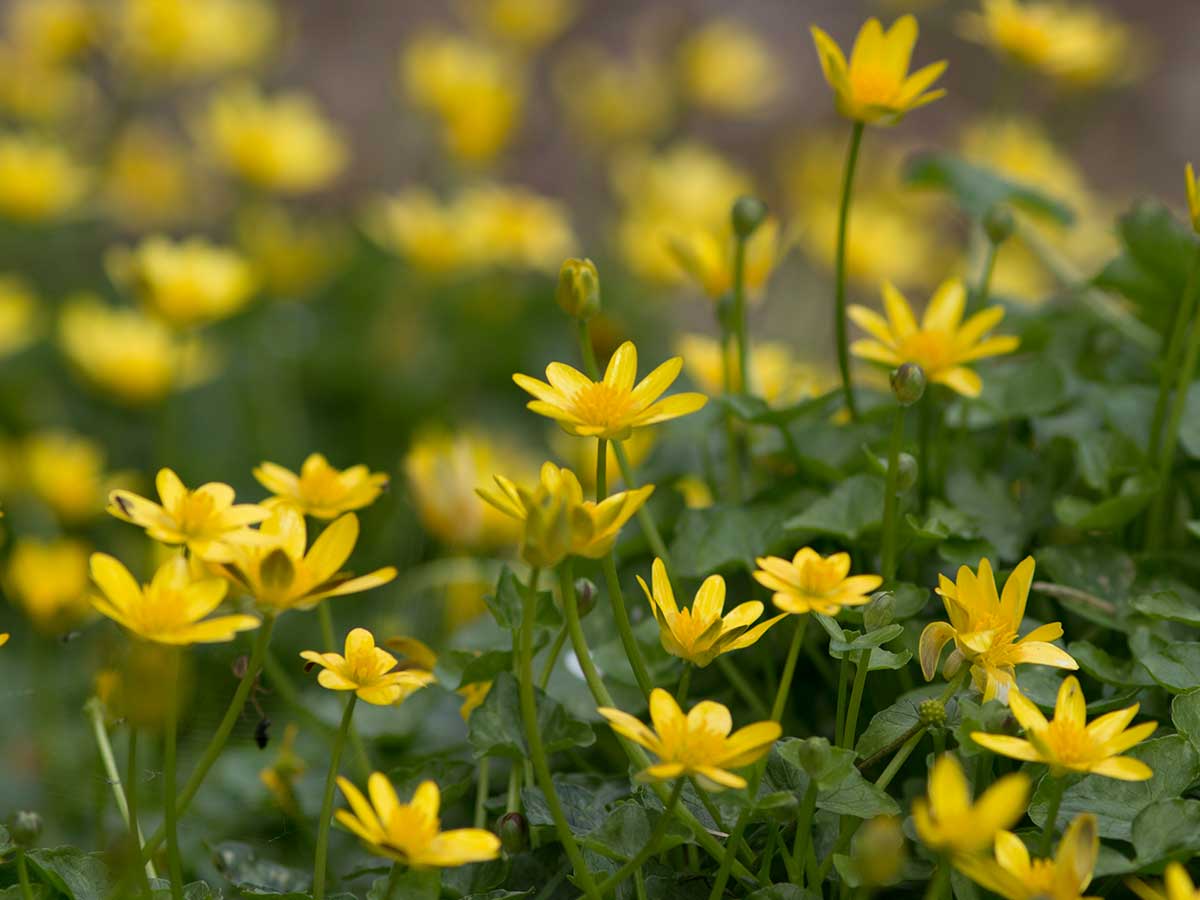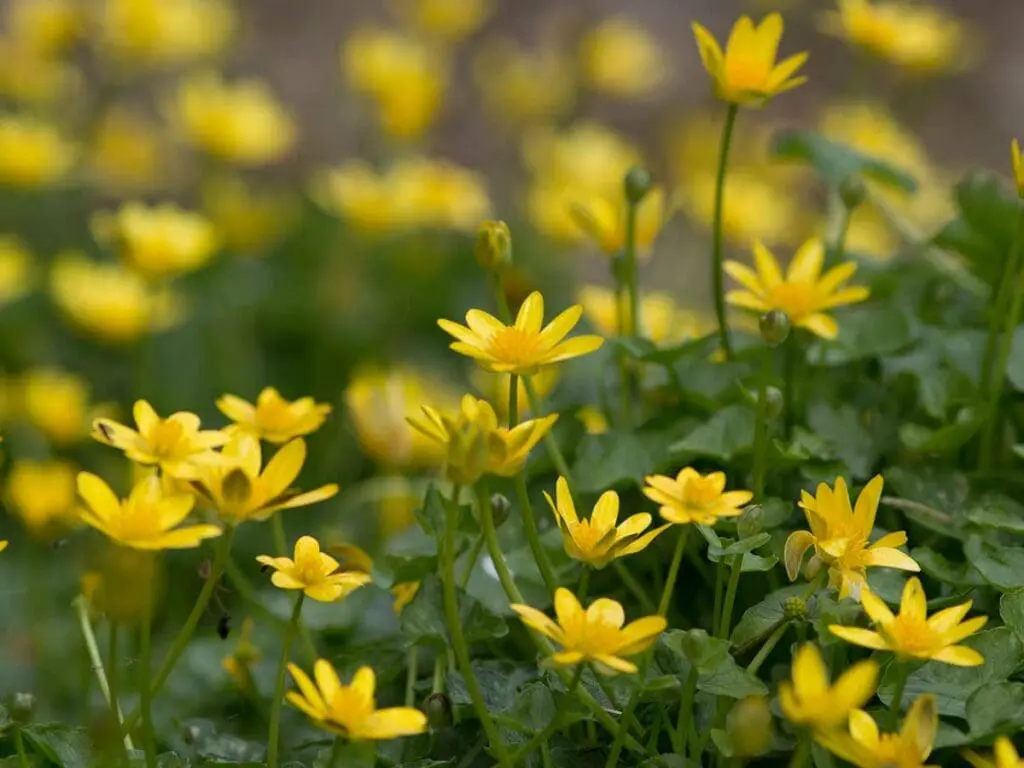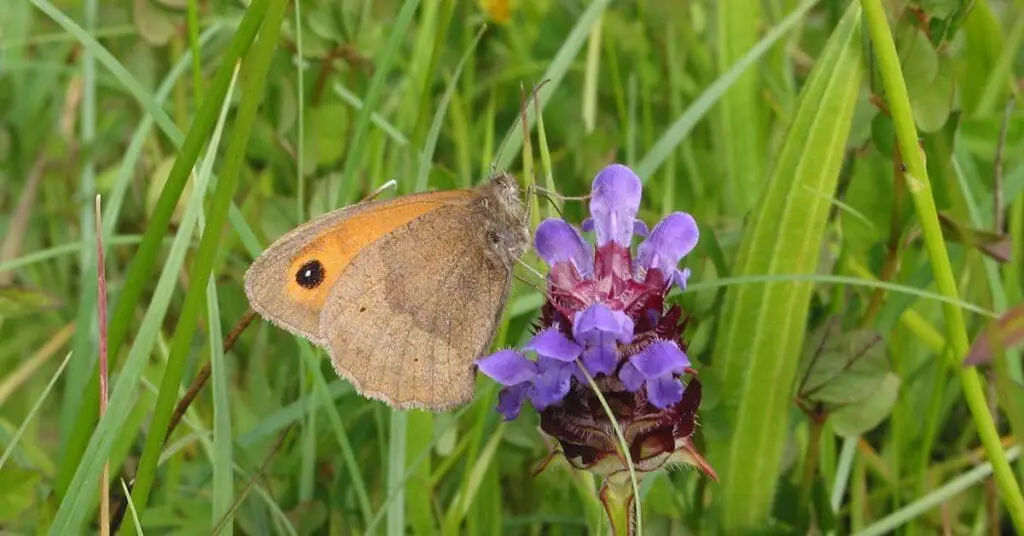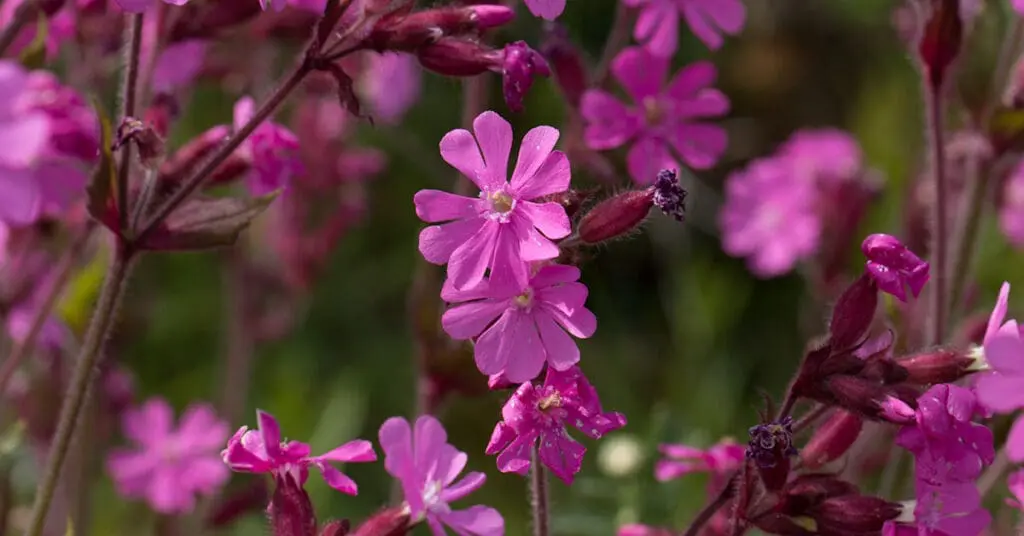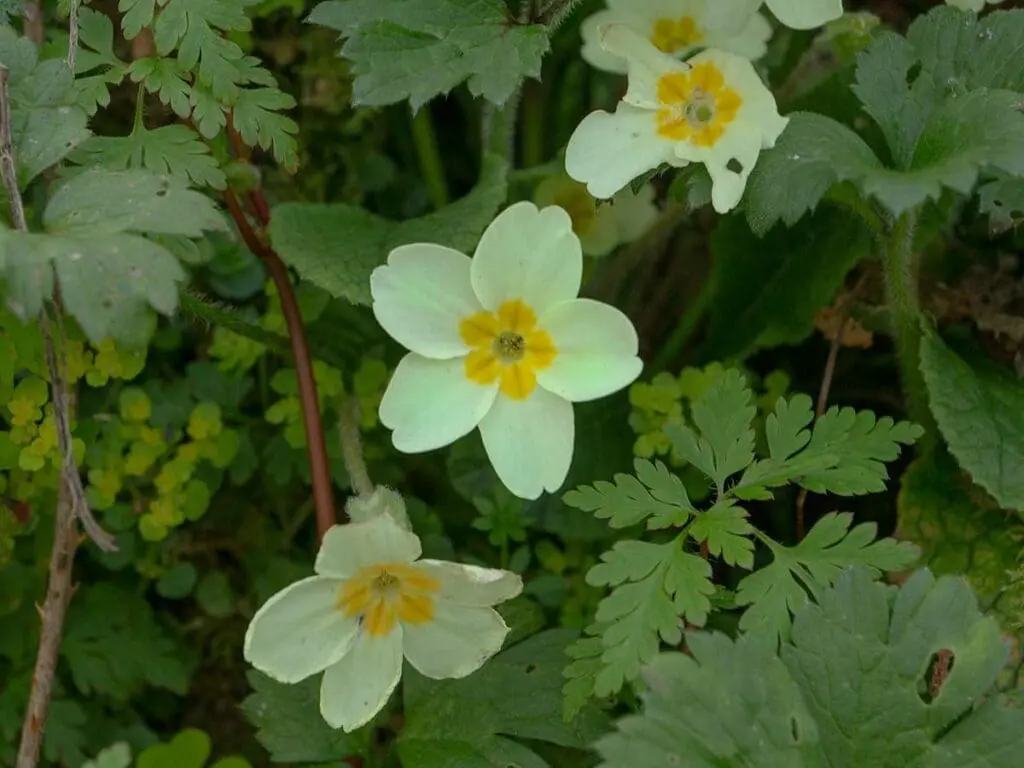- Scientific name: Ranunculus ficaria
- Family: Buttercup (Ranunculaceae)
- Found in: Grassland, Woodland
Lesser celandine is one of the first flowering plants to appear at the end of the winter (February to May). The plant itself is small (5-30cm tall) with dark, heart-shaped leaves. The flowers, which appear on a short stalk and open fully in bright sunshine, form a carpet of yellow stars in woodland, under hedgerows, in ditches and along streams. Each flower has 8-12 petals.
It is found on damp soils in the pH range of 4 to 8, but is more commonly found in pHs of 6 to 6.5. Lesser celandine is an important early nectar source for insects.
William Wordsworth (1770-1850) is often associated with daffodils, but it appears the celandine was also amongst his favourite plants.
The Lesser Celandine by William Wordsworth
There is a Flower, the Lesser Celandine,
That shrinks, like many more, from cold and rain;
And, the first moment that the sun may shine,
Bright as the sun himself, ’tis out again!
When hailstones have been falling, swarm on swarm,
Or blasts the green field and the trees distressed,
Oft have I seen it muffled up from harm,
In close self-shelter, like a Thing at rest.
But lately, one rough day, this Flower I passed,
And recognized it, though an altered form,
Now standing forth an offering to the blast,
And buffeted at will by rain and storm.
I stopped, and said, with inly-muttered voice,
“It doth not love the shower, nor seek the cold:
This neither is its courage nor its choice,
But its necessity in being old.
“The sunshine may not cheer it, nor the dew;
It cannot help itself in its decay;
Stiff in its members, withered, changed of hue.”
And, in my spleen, I smiled that it was grey.
To be a Prodigal’s Favourite -then, worse truth,
A Miser’s Pensioner -behold our lot!
O Man, that from thy fair and shining youth
Age might but take the things Youth needed not!
Propagation
There are three ways to grow lesser celandine.
From seed
Collect the seeds as they ripen in the spring. However, the early months in this part of the world may be too cold for many insects, so fertilization can be poor.
By tuber
Small tubers form in the angle between the leaf stalk and the stem. These drop off in early summer and grow into new plants.
By division
Lesser celandine is a perennial plant. The tops of the plants die back after flowering, but the roots continue to live and grow under the ground. These are actually bulbs or tubers, which store the plant’s energy until the next year. Lifting and dividing clumps can be a very successful way of growing new plants.

